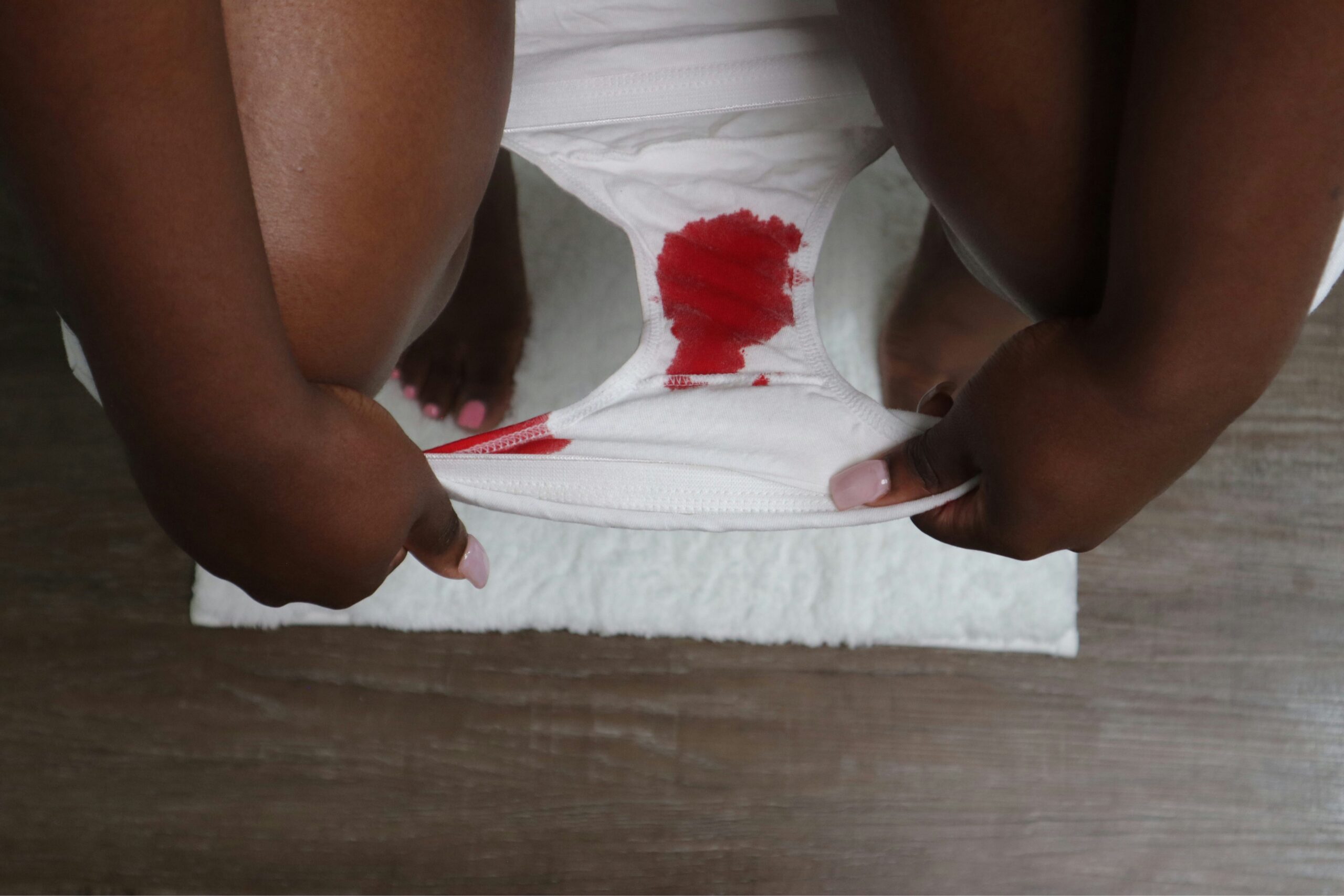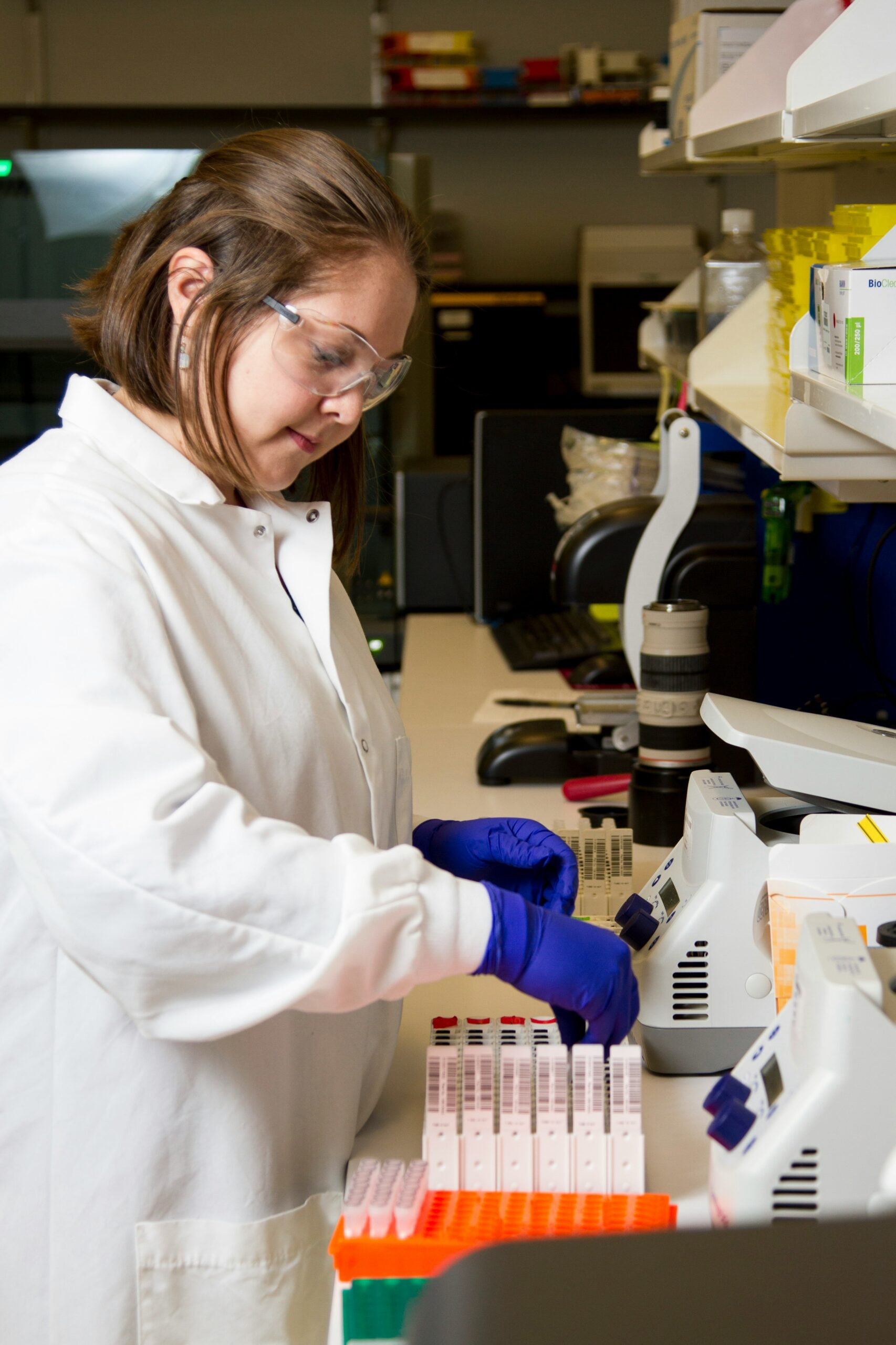If you’ve experienced a miscarriage, you probably have far more questions than you do answers—and may not know where to begin when it comes to your healing process. First, know that nothing that’s happening to you is your fault. Miscarriage is unfortunately so common, affecting an estimated one in four clinically recognized pregnancies. This means that one in four pregnancies that make it to the stage of being in a doctor’s office for ultrasound do not go on to yield a live birth.
Just because miscarriage is common doesn’t make it any easier to cope with—and it’s not only the emotional toll that’s plaguing; it’s also the physical one. Amidst the grief and recovery process, you’re also dealing with post-miscarriage bleeding, also known as post-abortion bleeding, which may vary in duration, intensity and color.
While bleeding after miscarriage is a natural part of the body’s healing process, it’s essential to differentiate between normal post-miscarriage bleeding and signs of potential complications.
Why Do You Bleed During a Miscarriage?
Bleeding a natural part of experiencing a miscarriage—it’s essentially our body expelling all of the pregnancy tissue from our uterus. Depending how far along you were during your pregnancy, this tissue may include the embryo or fetus, the placenta and other uterine lining.
The process is triggered by a variety of factors, such as genetic abnormalities in the embryo or fetus, hormonal imbalances or maternal health issues. As the body initiates the miscarriage process, the uterus contracts to expel the tissue, which leads to bleeding. This process is very similar to what happens when you have your period—during which your body is shedding the uterine lining.
The severity and duration of bleeding can vary depending on factors like gestational age, the presence of complications and individual health factors. For example, women who have certain pre-existing conditions such as endometriosis, fibroids or uterine abnormalities, may bleed longer. Hormonal changes that occur with age may also contribute to changes in the uterine lining, making it more difficult for the body to expel tissue efficiently.
When Do You Bleed After a Miscarriage?
If you’re experiencing a miscarriage on your own, without medicine, you may see tissue or even a sac, depending on how far along you were. If you were early (say, 6 weeks), the cramping usually feels like a heavy period initially and then tapers off.
If with medication, you can usually use timing, explains Christine Greves, board-certified OB/GYN. There are two main medications used—mifepristone, also known as RU-486, which blocks the hormone progesterone that is needed to maintain pregnancy, and misoprostol, a synthetic prostaglandin that causes contractions of the uterus, leading to the expulsion of the pregnancy tissue. Both medications are often used in combination to complete the miscarriage process. According to Planned Parenthood, the pill is effective about 94 percent of the time, when you’re earlier than 8 weeks.
When to Be Concerned About Post-Miscarriage Bleeding
While post-miscarriage bleeding is normal, certain symptoms may indicate underlying complications that warrant medical attention. Individuals experiencing the following symptoms should seek prompt evaluation by a healthcare provider:
- Excessive or prolonged bleeding (soaking through more than one pad per hour)
- Large blood clots (larger than a quarter)
- Persistent fever or chills
- Foul-smelling vaginal discharge
- Severe abdominal pain or cramping
- Dizziness, lightheadedness or fainting
Even if you’re not experiencing these symptoms along with your post-miscarriage bleeding, but you feel like something’s not right with your experience, it’s a good idea to consult with your healthcare provider. Many OB/GYN offices have certain lines you can call to speak to a nurse—or you can send a message to your provider via an online portal.
If your provider believes that something doesn’t sound right, they will likely have you come in for proper evaluation and management. A thorough physical examination, ultrasound imaging and laboratory tests may be necessary to assess the situation and rule out complications such as retained pregnancy tissue or infection. Treatment options may include observation, medication to control bleeding or prevent infection or surgical intervention (such as dilation and curettage) to remove remaining pregnancy tissue.
What to Do If You’re Experiencing Post-Miscarriage Bleeding
Post-miscarriage bleeding is so difficult to experience. Not only is it a physical reminder of what you’ve lost, but it’s also unpleasant and often comes with cramping and discomfort. In addition to seeking medical guidance to make sure that everything is normal, here are some steps you can take in the comfort of your home to promote healing and manage your symptoms effectively.
Monitor the bleeding
Make sure you’re keeping track of exactly when the bleeding began and how heavy it has been since it started. If, at any point, you’re soaking through more than one pad per hour, or experiencing heavy bleeding that lasts for several hours, seek medical attention immediately.
Get plenty of rest
Miscarriage takes a serious toll on you—mentally, physically and emotionally. From a physical standpoint, resting can help reduce the risk of complications, such as excessive bleeding or infection and can also allow your body to heal and recover from the physical trauma. It also supports hormonal balance, which can help reduce mood swings and fatigue.
Avoid heavy lifting
It’s a good idea to take a break from any heavy lifting, whether it’s work-related or part of your exercise routine, during a miscarriage. Heavy lifting can exacerbate miscarriage symptoms such as bleeding and cramping and put unnecessary strain on your body, potentially causing further physical trauma or injury.
Stay hydrated
The bleeding that results from miscarriage causes fluid loss in the body, so it’s important to replenish this lost fluid by drinking water. This helps maintain normal bodily functions and prevents dehydration, which can exacerbate symptoms such as fatigue, dizziness and weakness.
Follow up with your provider
Be sure to attend any follow-up appointments scheduled with your healthcare provider to ensure that your recovery is progressing as expected. They may perform additional tests or examinations to monitor your health.
Create a support system for yourself
Coping with the loss of a pregnancy can be emotionally challenging. Reach out to friends, family or support groups for emotional support and guidance during this difficult time.
Author
-

Jenn Sinrich is the co-founder of Mila & Jo Media, an award-winning journalist and mom to Mila and Leo. She's also on-track to become a bereavement and postpartum doula to help women, like her, who've experienced pregnancy loss. She's a Peloton-tread addict who loves to cook and spend time with her friends and family. A Boston-native, she has always loved the Big Apple, which she called her home for close to a decade.
View all posts





